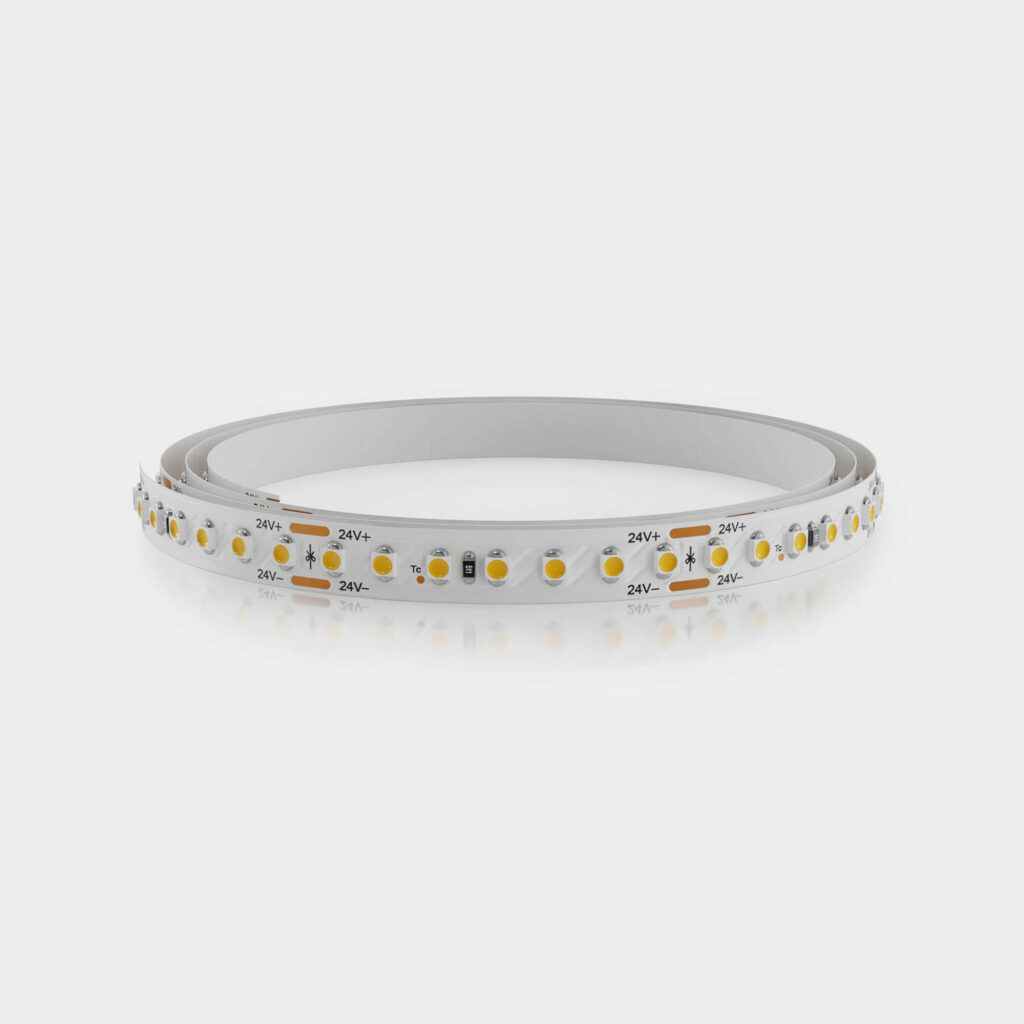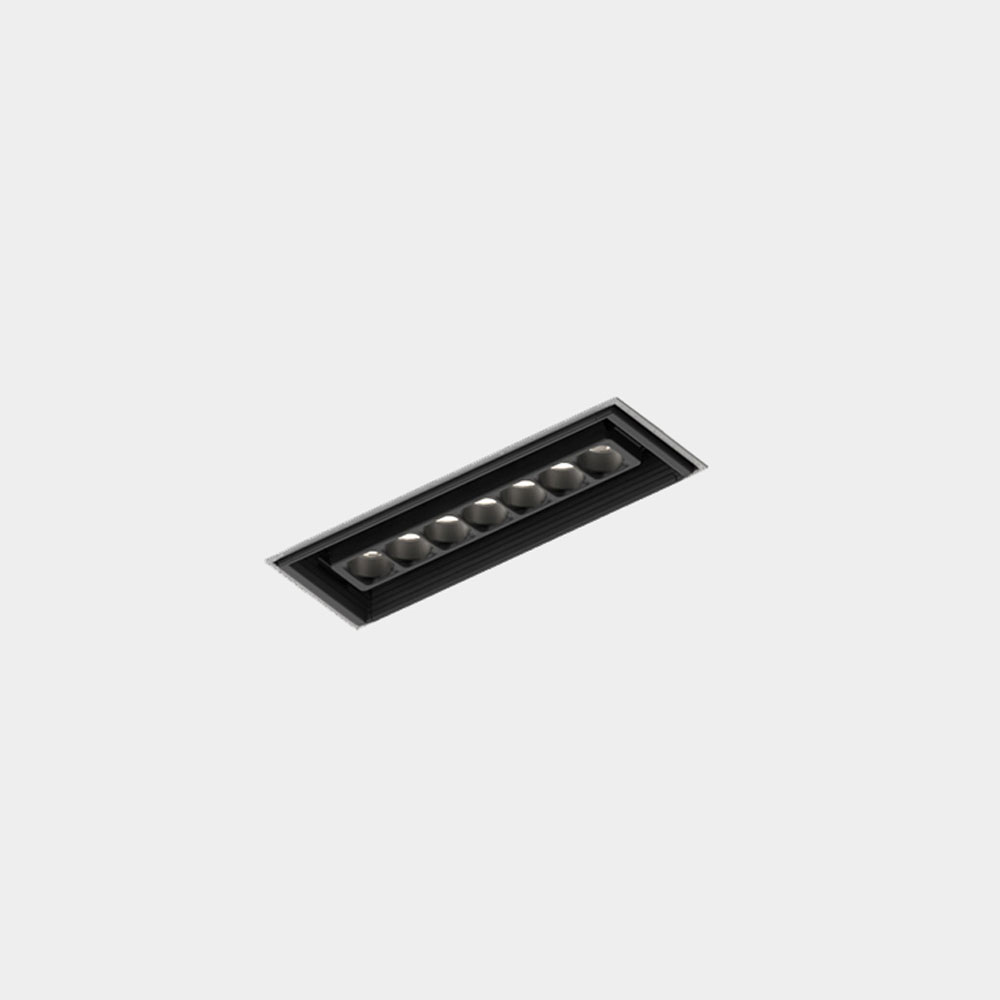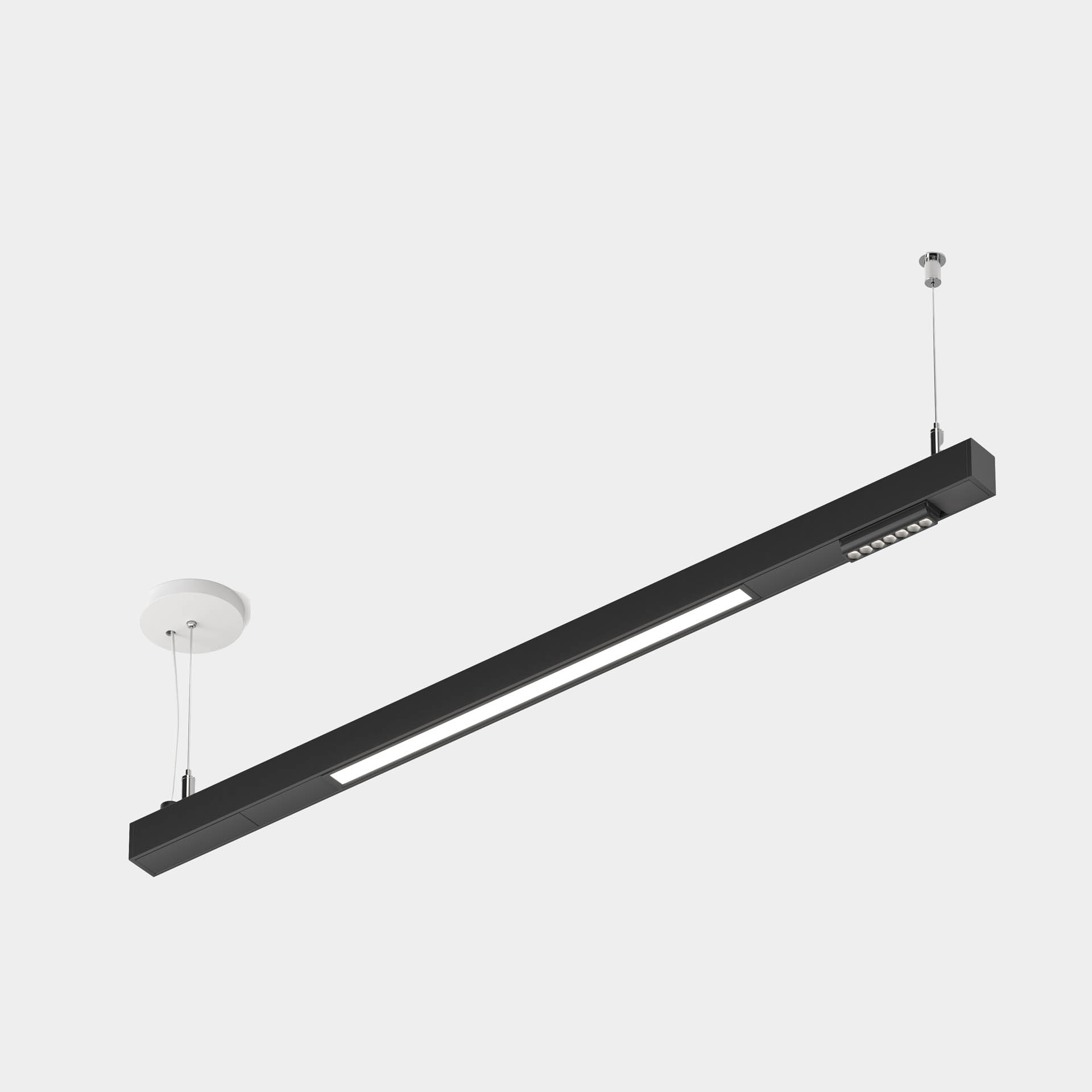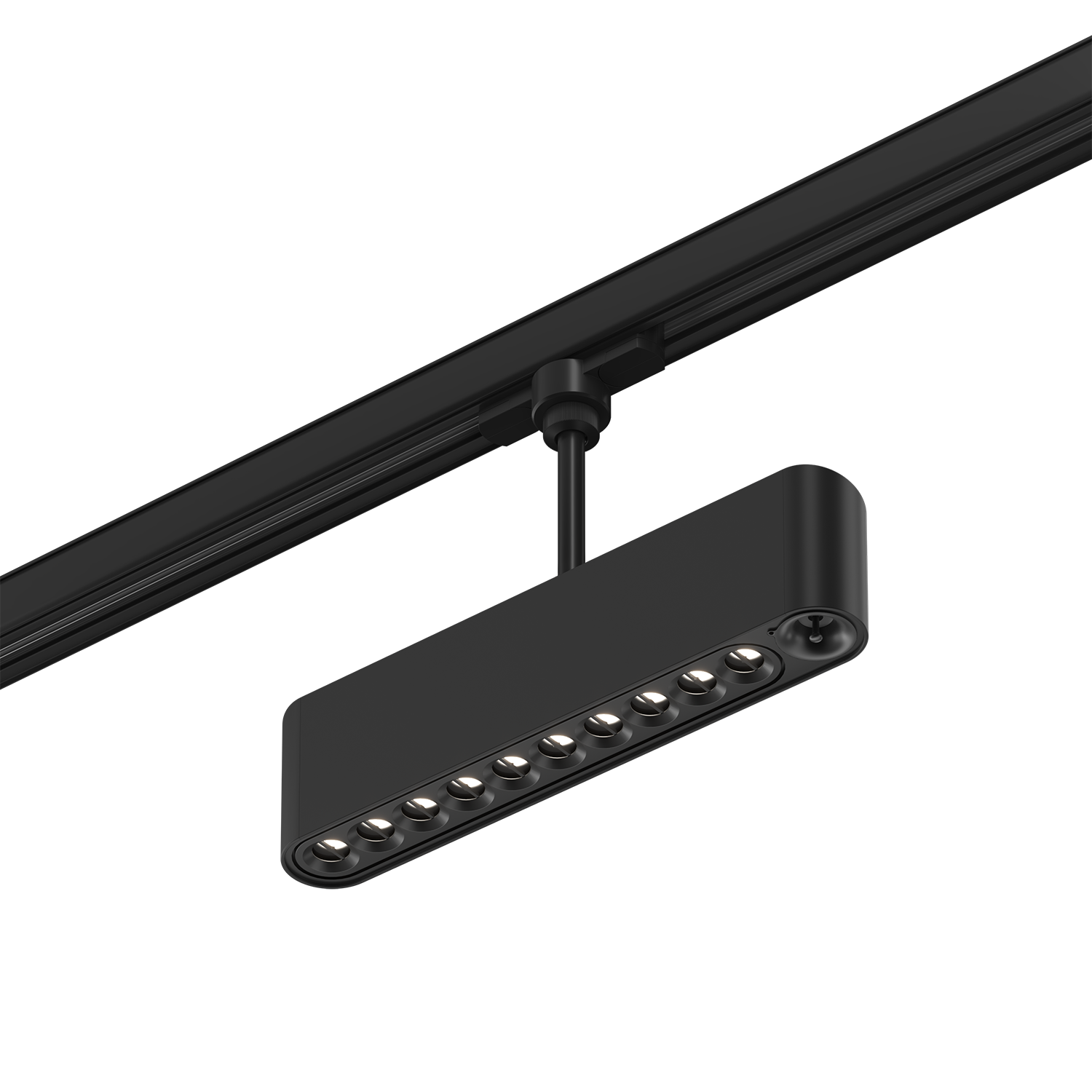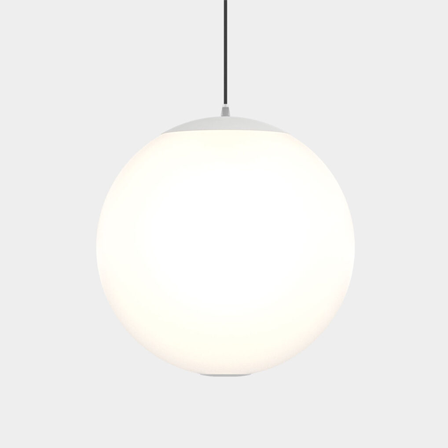Toolbox: 8 Tips for Lighting Artwork in Your Home
Bringing a piece of art into a home space can brighten any room. With the right lighting, it can also make a bold statement. Whether the interior design of a residential home is decorated with prints or gallery walls, lighting can make or break the visual landscape of high-end residential spaces.
Luminii’s high-end residential lighting products help highlight the important accents in a room, elevating the artwork as well as its surrounding space. From types of lighting to conservation, here are eight tips for lighting art in high-end residences from Architectural Digest author, Tim McKeough.
Editor’s note: The piece below originally appeared on architecturaldigest.com. You can also read the piece here.
You’ve just hung the last piece in your gallery wall and now you’re done, right? Not quite. Sure, you can move on to the next DIY project, or you can make those carefully collected artworks shine with the right lighting. “There’s nothing better than a beautifully lit piece of art,” says Richard Mishaan, an AD100 designer known for incorporating arresting artworks into his projects. “Beautiful art enlivens everything in a home,” he notes. And, of course, good lighting enhances that effect. But there is no one-size-fits-all approach when lighting art—and there are several potential pitfalls. “The big question is whether you want to directly illuminate the art or just have a piece live in a nicely lit room,” says lighting designer Doug Russell of Lighting Workshop. Read on to learn about the best art lighting methods and the other elements, such as frames, that will make your artwork look its very best.
Types of Lighting for Art
1) Ceiling-mounted accent lights
Best for: making the art—not the light source—the focus
“Pin spotlights that direct light onto individual artworks is a great way of illuminating them,” says Mishaan. These ceiling fixtures can be recessed or surface-mounted, and they allow the direction of light to be adjusted. They can also be specified with a range of light-beam spreads, so “you can ensure that the light covers most of the artwork,” not just a small part of it, he says.
As a rule of thumb, adds Russell, ceiling-mounted lights should be placed so that the light beam hits the center of the artwork when the fixture is adjusted to a 30-degree angle. “If you light a piece of art at ten degrees, which means you’re really close to the wall and pointing almost straight down, you’re going to end up casting really long shadows below the frame,” he says. “If you go back too far, to 45 degrees, then you’re pointing too directly, and you’ll get reflective glare.”
2) Track Lights
Best for: a constantly changing display
Track-lighting systems have come a long way, and many now have a much cleaner, more minimalist look than the tracks of decades past. Equipped with the right lamps, they perform largely the same as ceiling-mounted accent lights but provide a few more advantages, says Russell. They’re easier to install, for one, and offer future flexibility.
A recessed ceiling fixture can’t be moved without drywall surgery if you decide to relocate a painting, but with track lighting “you can easily move a fixture or take one off,” he says. “The trade-off is that you have something that may not be so beautiful installed on the ceiling.”
3) Wall Washers
Best for: a flexible setup
“You don’t necessarily have to have lighting that hits every painting,” says Mishaan. “You can wash the wall instead.” Wall washers come in many forms—including recessed, surface-mounted, and track-mounted fixtures that can be placed on walls, ceilings, and floors—that deliver a wide distribution of light.
“You’re creating one bright wall where art is displayed, and indirectly lighting the room,” says Russell, noting that it’s a technique preferred by many contemporary collectors. “It’s a more casual way of lighting art,” he says. It also provides built-in flexibility for adding, removing, or relocating art in the future; because the wall is evenly lit, you don’t have to adjust a thing.
4) Picture Lights
Best for: an intimate display—and renters
Picture lights are mounted on the wall or the frames of individual artworks. “It puts the light source really close to the work of art, typically with very low-wattage lamps,” says Russell. “It provides a sense of intimacy with a piece of art, and invites you to stand close for a look.”
Because they’re decorative fixtures, these lights can add to the look of a room, says Mishaan. “There are some very attractive picture lights out there.” However, he warned, even though you don’t need to cut holes in the ceiling, you’ll need outlets for picture lights with cords, or power for hard-wired models.
For large-scale artworks, notes Russell, companies such as Modulightor and Academy Light can make extremely large picture lights capable of illuminating great expanses.
Framing Considerations
5) Keep the Surface in Mind
If your artwork is framed behind glass, you’ll want to adjust the angle of the lighting to reduce glare. Works of art with texture, such as oil or acrylic paintings, can be lit so the shadows created on the surface are minimized or emphasized.
6) Choose the Right Frame for Your Lighting
If you’re using picture lights, you’ll want to choose a substantial frame that can support the fixture. If you have ceiling or wall-mounted light sources, you can use thinner frames or go frameless.
Conservation
7) Choose the Right Type of Light
It’s always important to remember that light can damage art over the long term. “With some of the halogen lights directed into one area of the painting, it’s actually gradually burning away at the materials,” says Mishaan. “When you were a kid, if you held a magnifying glass to a leaf, you would start to brown it and set it on fire. It’s the same kind of effect.” This happens for two reasons, says Russell: heat and ultraviolet (UV) light. To minimize the damage, you can keep halogen lamps a safe distance from artworks and equip the lights with UV filters. Or you can use LED bulbs, which emit no UV and little heat. “Longevity is very important in art,” says Mishaan. “Invest in the right lighting now, so it doesn’t end up costing you in the end.”
8) Avoid Natural Light
Placing artwork in direct sunlight exposes it to UV and infrared light, which will cause it to fade. Make sure pieces are positioned away from strong natural light sources to avoid damage.

Your Craft
How would you describe your lighting or artistic style for high-end residences?
Our style approach is to design for our clients’ needs, not our egos.
Tell us about one of your favorite lighting techniques for high-end residences and why?
Our favorite technique is to “frame” our subject or objects that we are illuminating.

Can you tell us about one of your favorite residential lighting projects that involved Luminii products?
One of my favorite projects was when we installed early LED lighting in the School of Architecture at Taliesin West in Scottsdale, Arizona, without altering the look and feel of the rooms. The school is also known for being the former winter home of famous architect Frank Lloyd Wright.
Who or what do you look to for inspiration?
For inspiration, I meditate in the dark! Now isn’t that an antithesis? But, without shadows, you would not see light.
What separates LightRaze from its competitors?
LightRaze is unique in that we design, procure, and supervise the installation of our projects. What separates us from the competitors is the fact that we create, engineer, and supervise the installation of our projects.
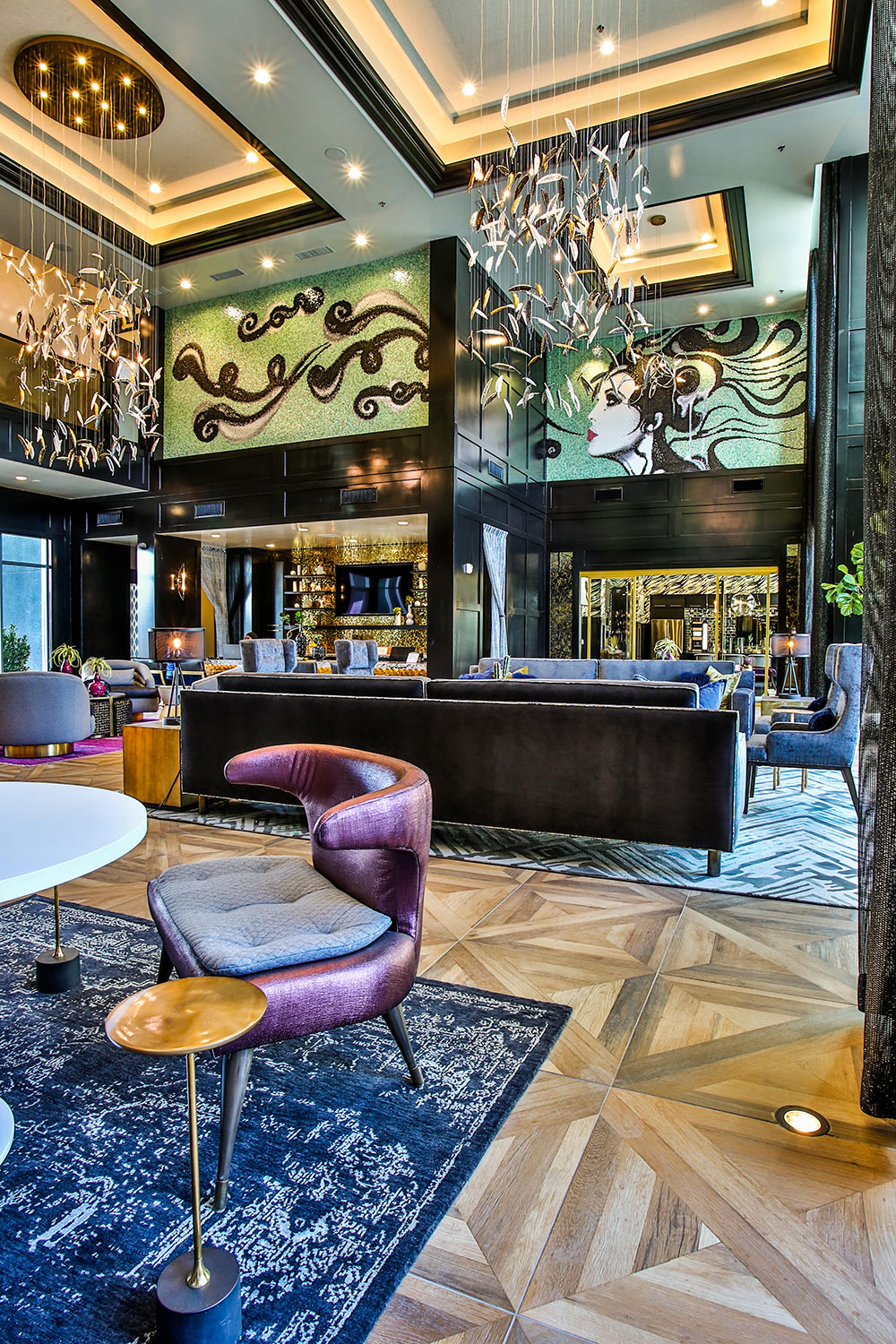
Working with Luminii
What do you enjoy most about working with Luminii?
We work with people, not companies. That is why we love working with Luminii.
Can you tell us about a residential project that involved Luminii products and how they helped bring the project to life?
My newest, most beautiful Luminii project is a private residential library for a famous award-winning author. We’re using STENOS now throughout the author’s personal art gallery, office, and meeting room.

Advice
What advice would you give to lighting designers starting out in the field?
The advice I would like to give to lighting designers is to think and design in elevation, not in plain view.
Connect with Mark Raissen and LightRaze
Address:
3183 Airway Ave #C
Costa Mesa, CA 92626
Office Phone: (949) 529-5494
Cell Phone: (949) 735-4133
Website: www.lightraze.com
Instagram: @lightraze_lightingdesign










